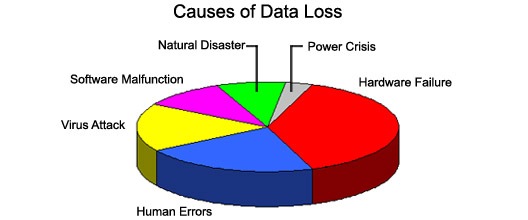CMOS Setup
A program supplied in most systems that allows you to configure internal and external devices.
Cable Select (CSEL)
An alternative option which can be used in place of setting Master/Slave jumpers in the designation of drives in a dual drive configuration. Master/Slave designation is based on the position of the drives relative to the cable. Special cabling is required by the system manufacturer to selectively ground the CSEL signal on one of the IDE cable connectors. For example, when one of the drives is connected to the grounded CSEL conductor, it configures itself as the Master. When the second drive is connected to the other connector, on which CSEL is not grounded, it becomes the slave. This eliminates the need for unique jumpering configurations between the Master and Slave drives.
Cache
High-speed RAM used as a buffer between the CPU and a hard drive. The cache retains recently accessed information to speed up subsequent accesses to the same data. When data is read from or written to disk, a copy is saved in the cache, along with the associated disk address. The cache monitors the addresses of subsequent read operations to see if the required data is already in the cache. If it is, the drive returns the data immediately. If it is not in the cache, then it is fetched from the disk and saved in the cache.
Capacity
The amount of information, measured in bytes, that can be stored on a hard drive. Also known as storage capacity.
Central Processing Unit (CPU)
The main processing chip of a computer. The CPU interprets and executes the actual computing tasks, and has the ability to transfer information to and from other resources over the computer’s main data-transfer path, the bus.
Channel
A connection or socket on the motherboard or controller card. A motherboard may have one or two channels (primary and secondary). If your motherboard has only one channel, you may need to add a controller card to create a secondary channel.
Channel Assembly
In the computer industry, the final assembly of a system by a distributor or reseller from kits provided by the manufacturer and from components shipped directly to the assembler by subsystem makers.
Clean Room
An environmentally controlled, dust-free, assembly or repair facility in which hard drives are assembled or opened for internal servicing.
Cluster
A hard disk term that refers to a group of sectors. A cluster is considered an allocation unit. At least one cluster is allocated to each file, regardless of the file’s size, that is stored in the DOS environment. The cluster size increases with the partition size determined during formatting. With a 1024 MB partition, the cluster size is 32 KB. Each file stored consumes 32 KB of storage space, no matter how small the file. Create multiple, smaller partitions to avoid wasting space on small files. (This definition applies to FAT16).
Command Aging
A SCSI feature that prevents the command reordering algorithm from keeping I/O processes waiting in the command queue for extended periods of time.
Command Queuing
A feature that enables the drive to receive I/O processes from one or more initiators and execute them in an optimum sequence.
Command Reordering
A feature that allows the drive to reorder I/O processes in the command queue, which results in minimizing the seek time and rotational latency and thus increases throughput.
Controller
A device that transfers information between the computer and peripheral devices. The controller (or “control unit”) acts as a traffic manager. See also disk controller, interface controller, and disk drive controller.
Controller Card
An adapter with the control electronics for one or more hard drives. Usually installed in a bus slot in the computer.
Correctable Error
An error that the drive can correct by using Error Detection and Correction schemes.
Customer Configuration Code (CCC)
A firmware revision tracking code that defines a major product change. This number increments as form, fit or function changes are implemented. The CCC code guarantees that the correct revision of drive product is provided to the customer.
Cyclic Redundancy Check (CRC)
Data stored or transmitted with data to detect corruption. By calculating the CRC data and comparing it to the original data sent, the receiver can detect some types of transmission errors.
Cylinder
The cylindrical surface formed by identical track numbers on vertically stacked disks.
Cylinder, Head, Sector (CHS) Addressing
A method of referencing the sectors on a drive as a collection of unique cylinder, head and sector addresses. Each block on the drive will have a unique cylinder, head and sector address.


